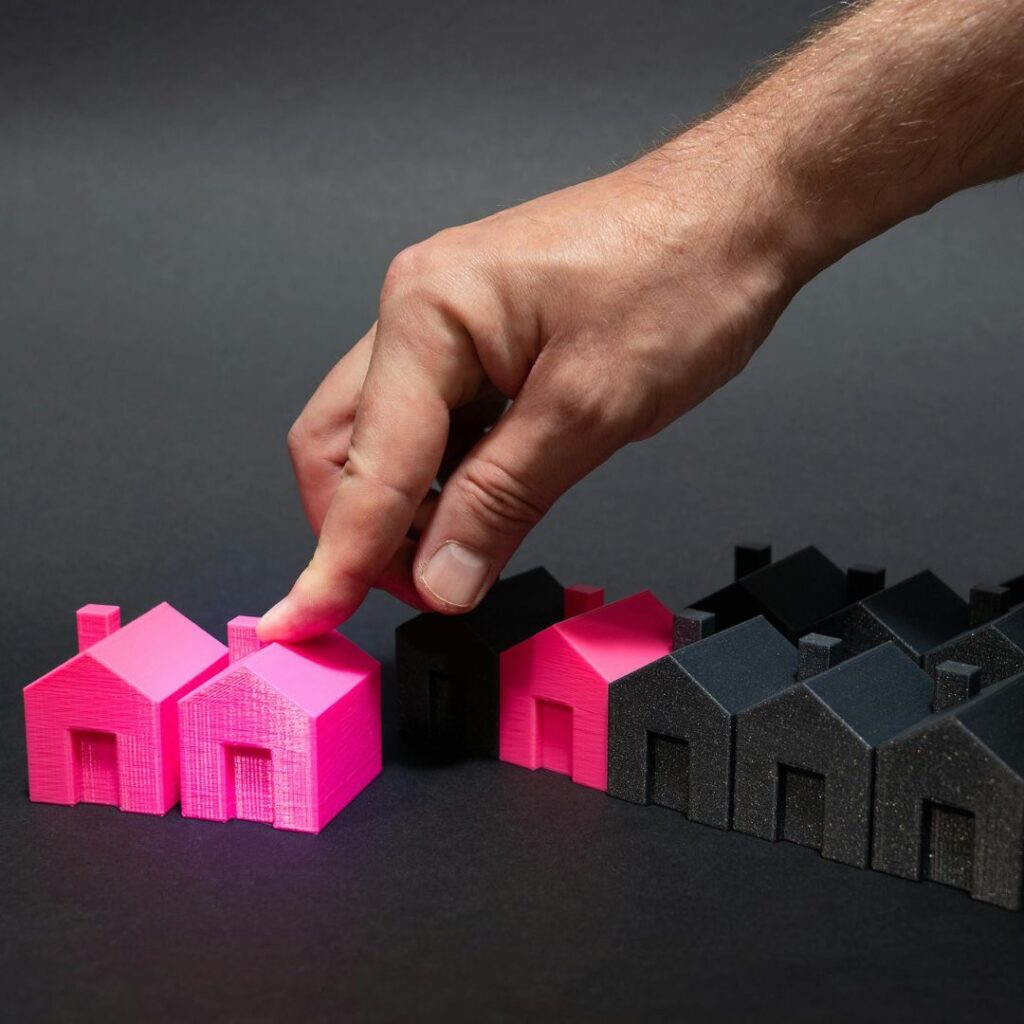Why Major Developments Make Dallas a Top Choice for Real Estate Investors
Dallas isn’t just growing—it’s transforming. Fueled by multi-billion-dollar developments, massive corporate relocations, and strategic infrastructure upgrades, Dallas has cemented its status as one of the hottest real estate markets in the country. For savvy investors, this is more than just market momentum; it’s a long-term wealth-building opportunity driven by fundamentals.
Let’s explore what makes Dallas such a magnet for real estate investment and how these major developments are setting the stage for sustained growth.
1. A Magnet for Corporate Relocations
In recent years, Dallas has become a prime destination for Fortune 500 companies and fast-growing startups alike. From Toyota’s $1 billion North American headquarters in Plano to the arrival of Goldman Sachs’ new regional hub near Victory Park, the city is experiencing a corporate renaissance.
Why does this matter to real estate investors?
Corporate relocations mean:
A growing population of high-income professionals
Increased demand for housing, office space, and retail
Stronger tax bases and municipal budgets that support city improvements
These relocations have a ripple effect. As companies move in, they bring jobs, and jobs bring people—people who need places to live, work, shop, and entertain. Whether it’s multifamily residential, mixed-use retail, or industrial warehousing, every asset class stands to benefit.
2. Massive Infrastructure Investments
Dallas isn’t just relying on the private sector. Public investment is equally robust, with billions pouring into roads, airports, public transit, and utilities. One of the most high-profile infrastructure projects is the DFW International Airport expansion, which will add a new terminal and upgrade existing facilities to accommodate record-breaking traffic.
Other notable projects include:
Dallas Area Rapid Transit (DART) Silver Line: A 26-mile rail corridor connecting Plano to DFW Airport, improving access for commuters and travelers
Southern Gateway Project: A multi-billion-dollar redevelopment of I-35E and US 67, improving traffic flow and reconnecting historically underserved communities
Smart Cities Initiatives: Dallas is investing in tech-driven infrastructure, including smart traffic lights, broadband access, and energy-efficient upgrades
These infrastructure upgrades aren’t just cosmetic—they’re catalytic. They make once-overlooked areas more accessible, attractive, and profitable for development and redevelopment.
3. Mixed-Use Developments Redefining Neighborhoods
Dallas is seeing a wave of mixed-use developments that are redefining what it means to live, work, and play in the same space. Developers are blending residential, retail, office, and entertainment into walkable, community-centered environments.
Some examples include:
The Link at Uptown: A luxury office tower integrated with retail, dining, and upscale apartments
Midtown Dallas: A proposed $15 billion redevelopment of the former Valley View Mall into a vibrant urban center
The Riverfront District: Revitalizing the Trinity River corridor with parks, trails, and high-density development
These projects are changing the way people interact with the city. Investors who get in early on mixed-use developments often benefit from higher rents, stronger tenant retention, and resilient asset performance.
4. Booming Population and Migration Trends
Dallas continues to be a top destination for domestic migration, particularly from high-cost coastal cities like Los Angeles, San Francisco, and New York. With no state income tax, a relatively low cost of living, and a business-friendly environment, the Dallas-Fort Worth (DFW) metroplex attracts thousands of new residents each month.
According to the U.S. Census Bureau, the DFW area added more than 140,000 people in a single year—making it the fastest-growing metro area in the country.
What does that mean for investors?
Multifamily demand is surging: Renters are flocking to suburban nodes like Frisco, McKinney, and Arlington.
Retail centers are thriving: New rooftops support grocery stores, restaurants, and service-based businesses.
Industrial growth is booming: Last-mile logistics, e-commerce warehousing, and cold storage are expanding to meet demand.
Whether you’re targeting residential or commercial real estate, Dallas’ demographic trends provide strong fundamentals for both short-term cash flow and long-term appreciation.
5. A Pro-Business Regulatory Environment
Texas—and Dallas in particular—offers a regulatory environment that is highly conducive to real estate investment. Local governments in the metroplex have streamlined permitting processes, offer incentives for developers, and typically welcome new projects that bring jobs and revenue.
Compare that to markets like California or New York, where development is often slowed by red tape, environmental litigation, and political resistance.
Dallas investors benefit from:
Lower property taxes compared to other top-tier markets
Favorable zoning and entitlement processes
Broad support for redevelopment and infill projects
This ease of doing business attracts both institutional capital and local developers who see Dallas as a place where deals can get done quickly and profitably.
6. Resilience Through Economic Diversification
Unlike cities that are overly dependent on one sector, Dallas boasts a diverse economy. Key industries include finance, technology, healthcare, manufacturing, logistics, and defense. This diversification has made Dallas more resilient during economic downturns and more adaptable to national shifts in employment and spending.
During COVID-19, Dallas was one of the first major markets to recover—and today, it continues to outperform national averages in job creation and GDP growth.
For investors, this means:
Less volatility in income streams
Strong tenant demand across asset classes
Consistent appreciation across submarkets
7. Emerging Submarkets Offering High ROI Potential
While Uptown and Downtown Dallas often get the headlines, the real story may be in the surrounding suburbs and edge cities. Places like Celina, Anna, Mansfield, and Forney are undergoing explosive growth due to affordability, infrastructure investment, and proximity to job centers.
These emerging markets are attractive for investors because:
Entry prices are lower than urban core
Cap rates are higher
Development incentives and land availability are abundant
Smart investors are following the path of growth, identifying pockets of value before the crowds arrive.
Final Thoughts: Invest Where the Growth Is
Dallas isn’t just another big city—it’s a blueprint for the future of real estate investing. With major developments reshaping the skyline, robust infrastructure fueling accessibility, and a business climate that supports progress, the Dallas real estate market is positioned for long-term, sustainable growth.
Whether you’re a seasoned investor or just starting out, there’s no better time to explore opportunities in Dallas. The deals are here, the demand is growing, and the fundamentals are solid.
Looking for your next real estate investment in the Dallas area?
Reach out today—let’s talk strategy, submarkets, and finding the perfect asset to grow your portfolio.


